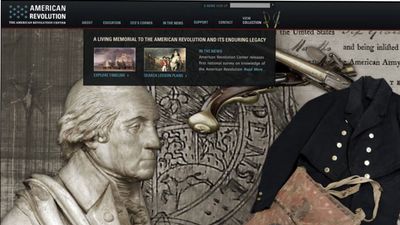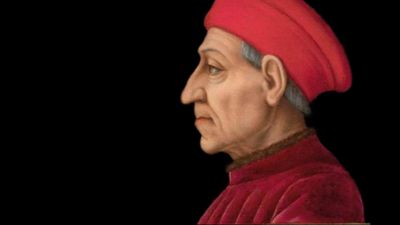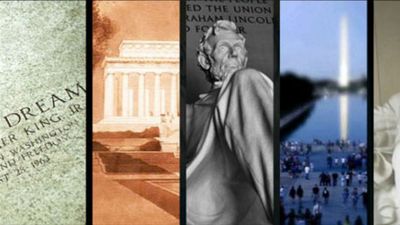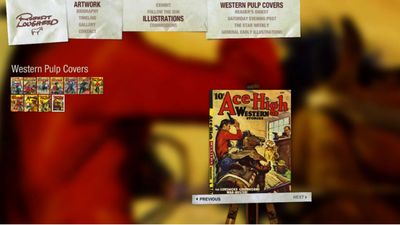Galileo and the Age of Astronomy
- Lead Developer
- Greater Philadelphia Tourism and Marketing Corporation,
- Bluecadet
- Interaction Design,
- Development,
- Market Research
This case study reviews the creation of an interactive online experience for the “Galileo & The Age of Astronomy” exhibit, designed by Bluecadet for the Greater Philadelphia Tourism and Marketing Corporation (GPTMC).
The Client
The Franklin Institute in Philadelphia is a premier science museum dedicated to inspiring a passion for science and technology. Named after Benjamin Franklin, it features interactive exhibits, live demonstrations, and hands-on activities across various scientific fields. The museum houses notable attractions like the Giant Heart, the Fels Planetarium, and the Tuttleman IMAX Theater. It also hosts traveling exhibitions, educational programs, and events for all ages. Established in 1824, the Franklin Institute serves as a leading educational resource, fostering curiosity and innovation through its engaging presentations and commitment to science education and exploration.
The Exhibit
The exhibit “Galileo, the Medici and The Age of Astronomy” features one of only two remaining telescopes owned and built by Galileo. Timed to take place during the 400th anniversary of Galileo’s astronomical discoveries, as well as the International Year of Astronomy, the exhibit explores the extraordinary effect that Galileo’s work, as well as that of other luminaries during the age of the Medicis, had on science and on the world.
The Goal
The goal was to create an engaging, interactive online platform that would not only educate visitors about Galileo’s contributions to science but also encourage physical attendance at the exhibit.
Collaborative Content Creation
Bluecadet collaborated closely with the Franklin Institute to curate over 100 artifacts from the Franklin and the Museum of the History of Science in Florence. The challenge was to create compelling content from limited resources beyond the artifacts’ photographs.
Strategic Focus
The strategy emphasized the pivotal role of the Medici family in supporting Galileo’s work and the broader impact of this patronage on the Renaissance’s scientific and artistic advancements.
Interactive Design
The online experience featured detailed descriptions of artifacts by the Franklin Institute’s chief astronomer, Derrick Pitts, enhancing visitor engagement through an interactive gallery. This approach allowed users to explore artifacts in detail and understand their historical significance.
Galileo Interactive Timeline
A companion timeline highlighted key moments in Galileo’s life, integrated into the site’s Drupal-based content management system (CMS), allowing curators to update and manage content independently.
Curatorial Independence and Connections
The CMS enabled curators to draw connections between different artifacts, enriching the visitor experience by revealing new relationships and insights into the material.
The Outcome
The project successfully bridged historical exploration with contemporary relevance, offering insights into Galileo’s achievements, his relationship with the Medici family, and his lasting impact on astronomy, physics, and mathematics.
The Lesson
This case study exemplifies how digital storytelling and interactive design can bring historical exhibitions to life, making complex scientific and historical narratives accessible and engaging to a broad audience. Through this online experience, Bluecadet not only celebrated Galileo’s legacy but also highlighted the enduring relevance of his work in understanding our universe.






